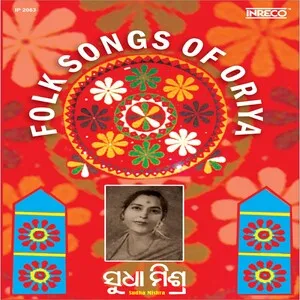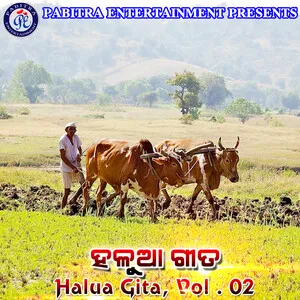Odia folk music is the collective village and community-based song tradition of Odisha, India, spanning narrative ballads, festival dance songs, devotional street-singing, and occupational music. It is performed in Odia and regional speech varieties such as Sambalpuri/Koshali, with melodies that are simple, memorable, and often cyclic, supported by lively percussion and call-and-response choruses.
Representative forms include Dalkhai and Rasarkeli (energetic women-led dance songs from western Odisha), Sambalpuri folk songs (popularized nationally by “Rangabati”), narrative and devotional traditions such as Pala and Daskathia (sung storytelling with dramatic delivery and hand-held clappers), and itinerant bardic styles like Kendara Gita (sung to a one-string lute). Instrumentation typically features dhol and dhap frame drums, nishan/nagara kettledrums, manjira/ghungroo bells, the mardal/mridanga barrel drum, mahuri (a piercing double-reed) for outdoor ceremonies, and the one-string kendara lute.
Texts range from playful banter and courtship to harvest, heroism, epics and puranic tales, and deep devotion to Lord Jagannath. Performances animate festivals such as Nuakhai, marriages, street pageants, and Jatra theatre, prioritizing communal participation and dance.
Folk singing in the Odia-speaking regions predates written documentation, emerging from agrarian cycles, temple festivals, and bardic storytelling. Women’s circle-dance songs (e.g., Dalkhai) and itinerant singers (Kendara Gita) formed an everyday soundtrack to work, ritual, and celebration. Narrative-devotional forms like Pala and Daskathia evolved as portable theatre, blending moral instruction, mythic episodes, and humor.
During the 1800s and early 1900s, many styles coalesced into recognizable formats tied to local patronage (temples, village councils, and fairs). The rise of print, itinerant theatre (Jatra), and public melas helped standardize texts and refrains while keeping improvisation intact.
After Independence, All India Radio (AIR) stations in Cuttack and Sambalpur began archiving and broadcasting local repertoires, bringing village singers to wider audiences. Portable recorders and cassettes in the 1970s–80s accelerated circulation; Sambalpuri songs found new life in towns and cities without losing their dance character.
“Rangabati,” recorded by Jitendra Haripal and Krishna Patel, became a landmark of Sambalpuri/Odia folk, crossing regional boundaries and later inspiring high-profile remakes. Film and stage adaptations drew on folk hooks and rhythms, while community troupes sustained traditional contexts at festivals like Nuakhai.
Today, cultural organizations, folk troupes, and digital platforms support transmission and innovation. Young artists fuse Dalkhai and Pala cadences with modern arrangements, while elders safeguard repertoire and performance etiquette. Workshops and school programs in Odisha ensure that folk idioms remain audible in both ritual life and popular culture.

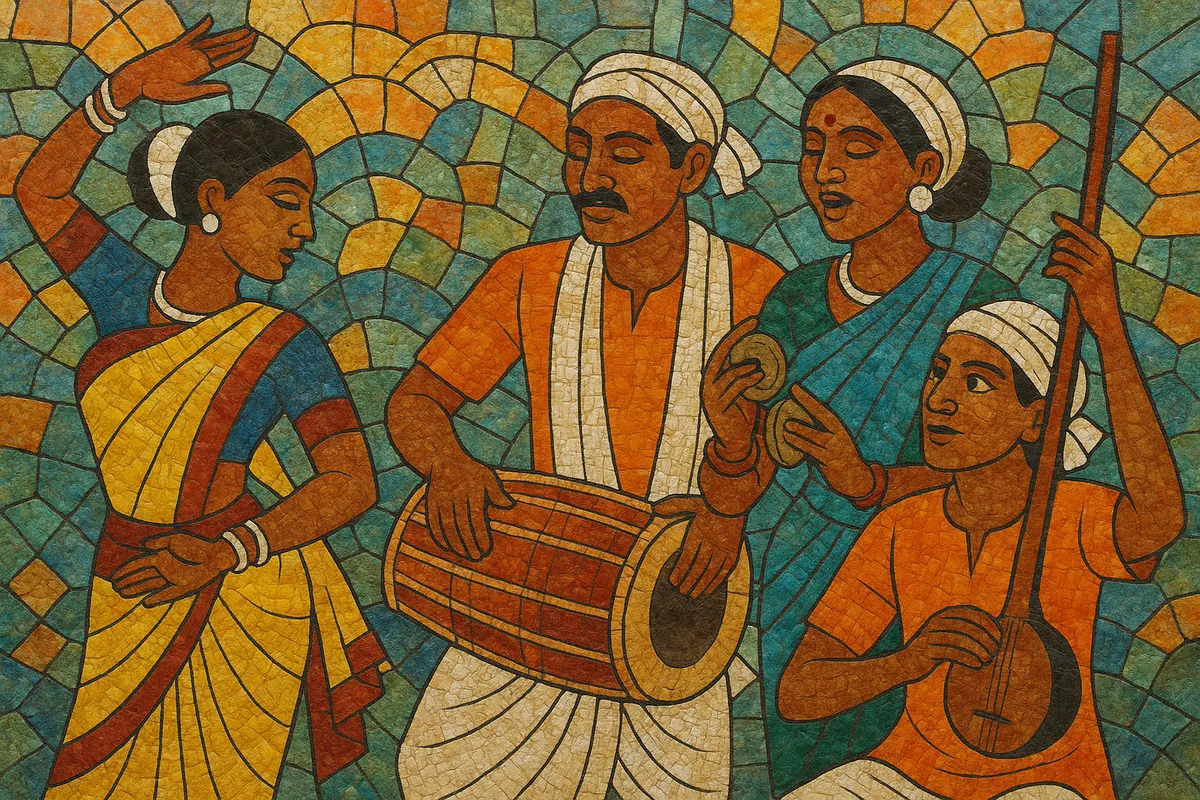
%2C%20Cover%20art.webp)
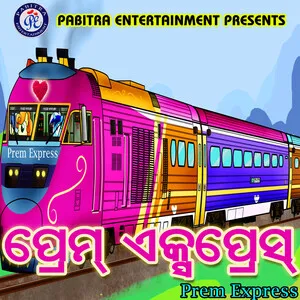
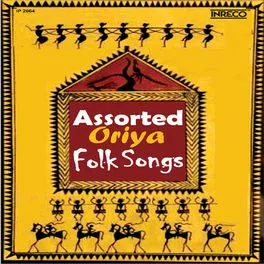
%2C%20Cover%20art.webp)
